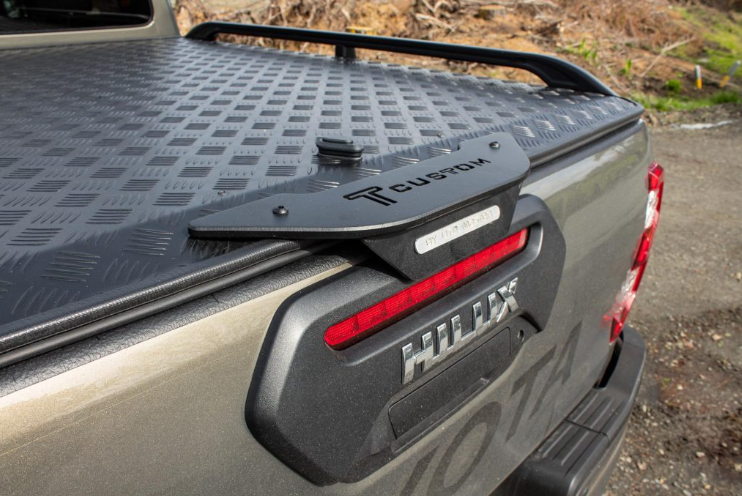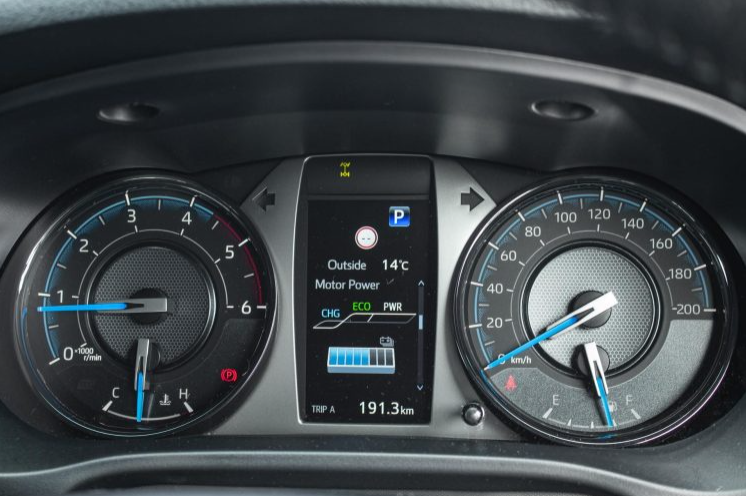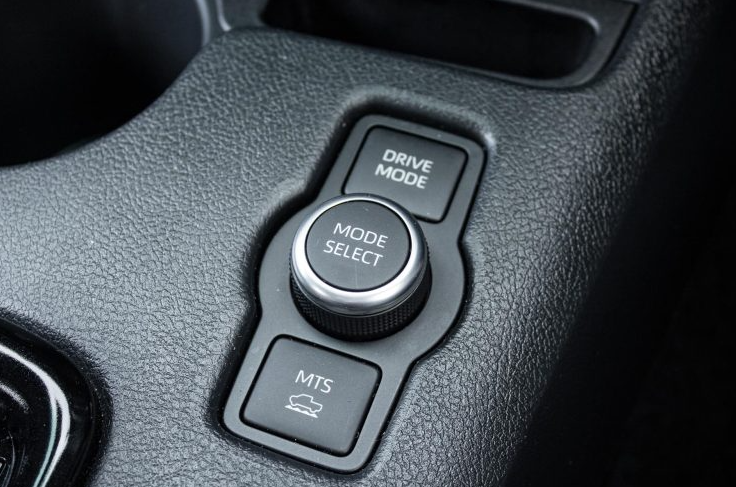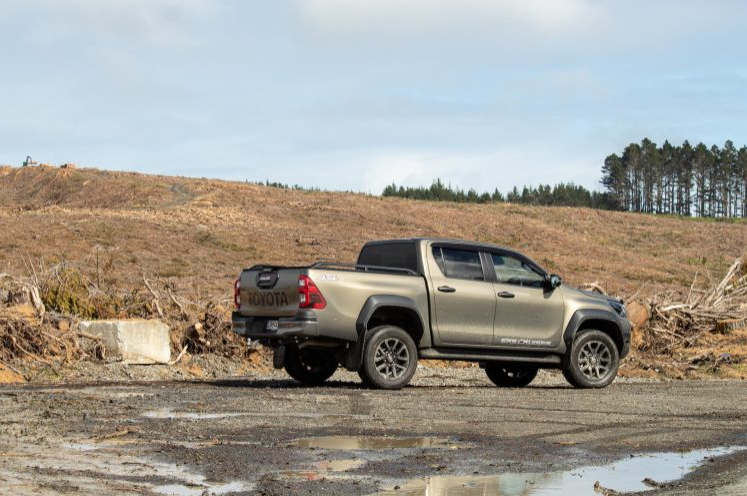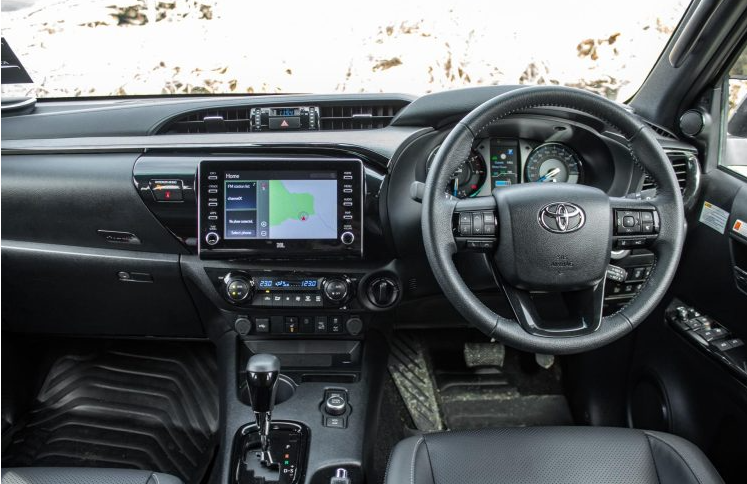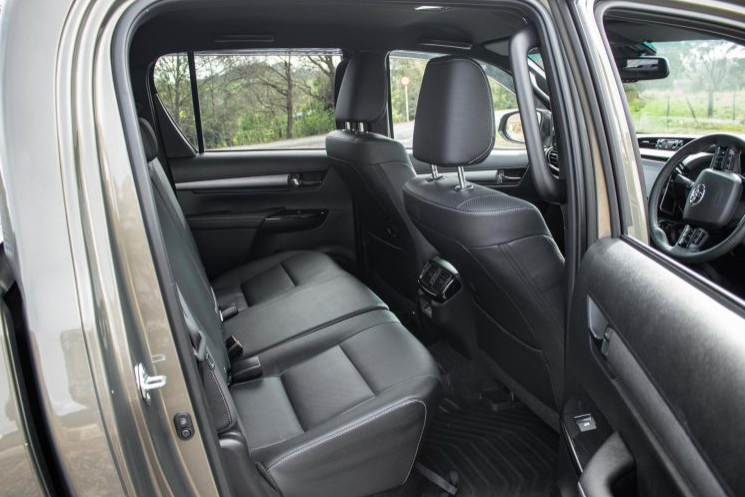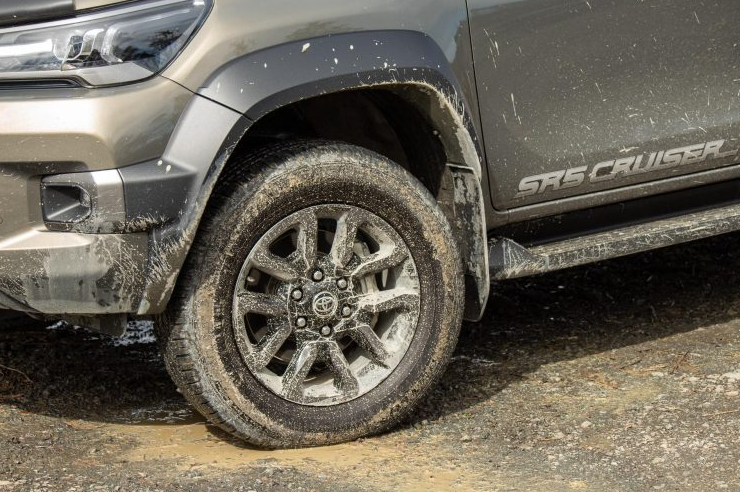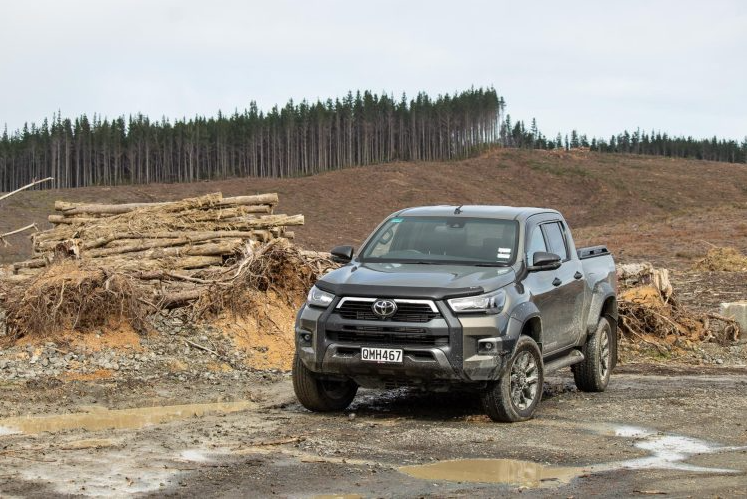2024 Toyota Hilux SR5 Cruiser Hybrid review
Of the electric kind, with the introduction of a 48v mild hybrid system. Is it worth the hype?

Toyota and the term ‘hybrid’ are fairly synonymous thanks to the Prius. And now the firm’s hybrid powertrain is used exclusively for the majority of the models Toyota offers in New Zealand.
But there are different sorts of hybrids. Most of Toyota’s are of the high-voltage, parallel, self-charging types that drastically slash consumption and emissions compared with conventionally powered variants.
And now it has its first 48v mild hybrid, the Hilux.
With the term hybrid being on many buyer’s lips at present, especially big corporate purchasers, Toyota NZ has decided to add it to the model’s designation here.
That’s not the case over in Australia, where they have shunned the nomenclature, perhaps fearing a backlash from the dyed in the wool types.
Some old timers still lament the introduction of turbocharging so electrification might just send them over the edge.
But conservatives need not worry about the Hilux hybrid here, because it’s all okay. Your favourite ute can still haul 3.5 tonnes and wade through 700mm of water, just like the previous model could.
And no one will know, as Hilux wears no badging proclaiming its electrified status.
The hybrid module
The hoo-ha here concerns a small, belt-driven motor generator unit hanging off the side of the 2.8-litre diesel.
Drawing power from a small 48v lithium battery installed under the rear seats, it can add its 8.4kW and 65Nm of torque to the engine to help improve efficiency.
The unit also recharges the battery (the generator part of the equation) during deceleration so you need not worry about that aspect.
Toyota says the motor generator has ‘been designed to withstand the harsher working environments experienced by commercial vehicles’, while the belt system at the front of the engine has been modified to suit.
As the motor generator isn’t always contributing its inputs (more on that later) the output figures are the same 150kW and 500Nm of torque as they were previously.
However, it does ease the load on the engine while facilitating an idle-stop system for the Hilux for the first time here. And that sees the fuel use figure drop.
But only by a bit; it is listed at 8.7L/100km, where previously it was 9.1. The asking price has risen, now at $65,490 for this SR5 Cruiser.
Last time we drove this particular model back in early 2023, it was $63,390. Of note, price rises have also affected many of Toyota’s models over that time.
How does this go then?
Toyota says the ‘the additional power of the hybrid 48v system delivers better throttle response and linear acceleration, particularly from a standstill’.
And that’s partly true. It does feel like this is a Hilux with a smoother delivery. It also seems the auto shifting is more refined too.
There’s not a palpable uptick in low-end torque surge however; it’s mainly the smoothing effect the motor has on the delivery. Keeping your eye on the Motor Power display, which shows you what the system is doing, you’ll see the motor works away from a stop, if briefly.
However, you can’t definitively say that it works at x revs and x speed. It seems to be dependent on engine load, road speed and even what gear you’re in. You’ll note that it’s often not doing anything at all.
The device works at both town pace and open road speeds, usually when accelerating in the engine’s 1000-2500rpm zone. But even then, not always. You’ll drive yourself batty trying to work it out.
They say it helps with deceleration when charging but that’s not really the case. It might slow up ever so marginally when heading downhill. At least there’s no funny brake pedal feel with this hybrid.
For city folk, it’s the extended idle-stop operation that will help save more fuel. This turns off once you have your foot hard on the brake at a halt; it’s not the type that will conk out before you’ve stopped.
It refires quick smart, and you’re away swiftly; none of the usual delay with non-48v stop-start systems. The depressing bit is the timer that counts how long you have been sat with the engine off, waiting at traffic lights.
You think; there’s another two minutes of my life I’ll never get back. At least you’re sitting in peace, the rattly diesel silenced.
Upgrades elsewhere too
At this stage, the hybrid engine is only available on the 4WD double-cab auto variants (but not the GR model).
It also coincides with a few updates to the range, including a new grille (just not on the SR5 Cruiser) while inside, the console now includes a wireless phone charger on the SR5 Cruiser, though you lose a cup holder.
There is a small square slot instead, while there are also some new drive mode buttons. That labelled Drive Mode doesn’t seem to do anything however.
It’s actually the Mode Select rotary dial that cycles through the Eco, Normal and Sport settings. New is a 4WD Multi Terrain Select (MTS) controller.
Once in 4H, hit the MTS button and then the Mode Select switch lets you choose between Dirt, Sand, Mud, Deep Snow or Rock. Or you can leave it in Auto to let it sort things itself.
But all settings manage engine response and traction control to better tackle the terrain being traversed.
The rest of the Hilux is the same, still a little firm in the rear but with decent steering. It’s an older vehicle now, still with analogue dials, a handbrake lever, and buttons on the dash.
Kitted out too
This SR5 Cruiser was also fitted with some of Toyota’s accessories for the Hilux. These you can add when you make your order, and Toyota will have them fitted at its plant in Thames.
This also means they are covered by the factory warranty. Toyota still charges extra for the tow bar, where some rivals don’t. This one has the removable tongue and is $1673 fitted.
Utes are pretty useless without some form of cover for the tray. Toyota has six hard lids to choose from and 16 canopy styles. This has a T-Custom alloy load lid that’s a pricey $5518.
But it locks and unlocks centrally, linked to the vehicle’s remote which is handy. And being constructed of aluminium alloy, you can put a 200kg load on top of it.
But is it more economical?
Well yes. Last time we had the Toyota Hilux SR5 Cruiser on test we noted the consumption figure settled at 10.9L/km, this time it averaged 10.0L/100km.
And it was registering 9.5L/100km during its round town running before we headed out to the hills for some gravel action and the photos.
It might be a little more expensive, but it’s no less capable, a little smoother and slightly more economical. Nothing to fear really.
Car Details
Model: Toyota Hilux SR5 Cruiser Hybrid
Price: $65,490
Engine: 2755cc, IL4, T, DI
Power: 150kW @ 3000-3400rpm
Torque: 500Nm @ 1600-2800rpm
Motor Output: 8.4kW / 65Nm
Drivetrain: 6-speed auto, Switchable 4WD
Turning circle: 12.6m (3.0 turns)
Fuel Use: 8.7L/100km
C02 Output: 231g/km
0-100km/h: 9.9 sec
Tyre Size: f/r-265/60/R18
Fuel Capacity: 80L
Stability systems: ABS, ESP
Safety: AEB, ACC, BSM, LDW, RCTA, ALK, AHB
Luggage Capacity: 940kg
Tow rating: 750kg (3500kg braked)
Service intervals: 12 months/15,000km
Warranty: 3 years/100,000km
ANCAP rating: 5 Star (2019)
Weight: 2165kg (claimed)
Also consider

